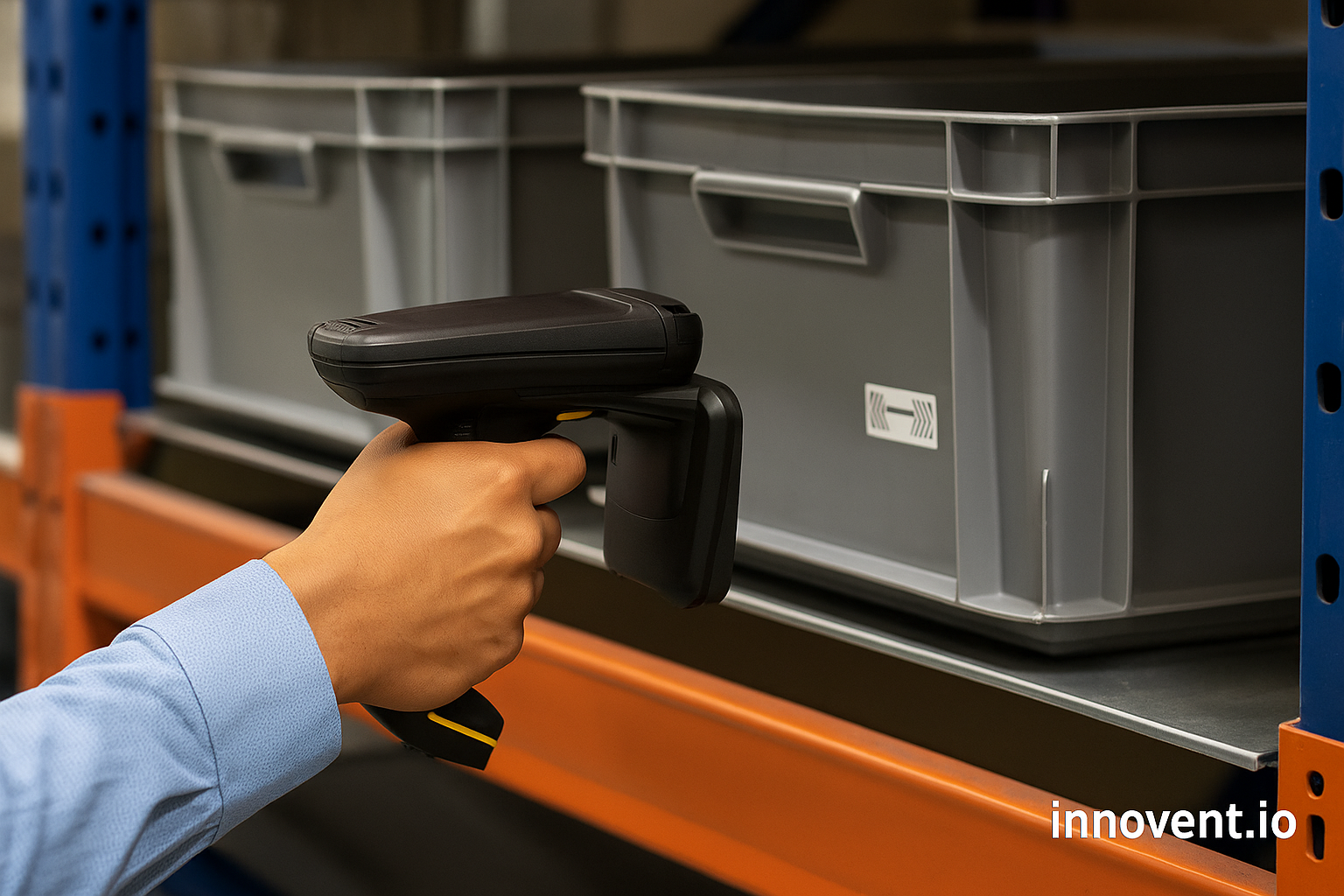IoT in Healthcare: Improving Patient Outcomes
The integration of Internet of Things (IoT) technology into healthcare is revolutionizing the industry by providing real-time data, enhancing patient care, and improving overall outcomes. By leveraging connected devices and advanced analytics, healthcare providers can deliver more personalized, efficient, and proactive care to patients.
Real-Time Patient Monitoring
One of the most transformative applications of IoT in healthcare is real-time patient monitoring. Wearable devices such as smartwatches, fitness trackers, and biosensors can continuously track vital signs such as heart rate, blood pressure, and glucose levels. This real-time data allows healthcare providers to monitor patients remotely, identify potential health issues early, and intervene before conditions worsen. For patients with chronic conditions, continuous monitoring can significantly reduce hospital visits and improve quality of life.
Enhanced Chronic Disease Management
Chronic diseases such as diabetes, hypertension, and heart disease require ongoing management and regular monitoring. IoT devices enable patients to track their health metrics daily and share this data with their healthcare providers in real time. This continuous flow of information allows for timely adjustments in treatment plans, medication dosages, and lifestyle recommendations. The ability to detect anomalies early can prevent complications and reduce the overall burden on healthcare systems.
Improved Medication Adherence
Medication adherence is a critical factor in achieving positive patient outcomes. IoT-enabled smart pill dispensers and medication management systems can remind patients to take their medications on time and provide alerts to caregivers if a dose is missed. These devices can also track medication usage and send data to healthcare providers, ensuring that patients adhere to their prescribed treatment regimens. Improved adherence leads to better disease management and reduces the risk of hospital readmissions.
Telemedicine and Remote Consultations
IoT technology is a cornerstone of telemedicine, which has become increasingly important, especially in remote and underserved areas. Through connected devices, patients can consult with healthcare providers from the comfort of their homes. IoT devices such as digital stethoscopes, otoscopes, and vital sign monitors can transmit patient data to doctors in real time, allowing for accurate diagnosis and treatment recommendations. This convenience not only enhances patient satisfaction but also reduces the need for in-person visits, lowering healthcare costs.
Streamlined Hospital Operations
IoT is also playing a significant role in streamlining hospital operations and improving patient care within healthcare facilities. Smart beds equipped with sensors can monitor patient movement, detect falls, and adjust settings to enhance comfort. IoT-enabled asset tracking systems can monitor the location and usage of medical equipment, ensuring that essential tools are available when needed. These innovations lead to more efficient hospital operations, reduced wait times, and improved patient experiences.
Enhanced Infection Control
Infection control is a critical concern in healthcare settings. IoT devices can help monitor and control the spread of infections. For example, smart sensors can track hand hygiene compliance among healthcare workers, reducing the risk of hospital-acquired infections. IoT-enabled environmental monitoring systems can detect and control air quality, temperature, and humidity, creating safer environments for patients and staff.
Personalized Patient Care
IoT facilitates the delivery of personalized patient care by providing detailed insights into individual health patterns and needs. By analyzing data from various IoT devices, healthcare providers can develop tailored treatment plans that address the specific needs of each patient. Personalized care improves patient engagement, adherence to treatment, and overall health outcomes. For instance, patients with respiratory conditions can benefit from IoT-enabled inhalers that track usage patterns and provide feedback to optimize treatment.
Emergency Response and Management
In emergency situations, every second counts. IoT technology enhances emergency response by providing real-time data and communication capabilities. Connected devices can transmit critical patient information to emergency responders and hospitals before the patient arrives, allowing for faster and more accurate treatment. IoT-enabled emergency systems can also track the location and status of ambulances, optimizing dispatch and routing to ensure timely care.
Data-Driven Decision Making
The vast amount of data generated by IoT devices offers valuable insights for data-driven decision making in healthcare. Advanced analytics and machine learning algorithms can analyze this data to identify trends, predict outcomes, and optimize treatment plans. For example, predictive analytics can forecast patient deterioration, enabling proactive interventions. Data-driven insights also support population health management by identifying at-risk groups and tailoring preventive measures accordingly.
Future Potential
As IoT technology continues to advance, its potential to improve healthcare outcomes will expand. Emerging trends such as artificial intelligence, blockchain, and 5G connectivity will further enhance the capabilities of IoT in healthcare. AI can provide deeper insights from IoT data, blockchain can ensure data security and interoperability, and 5G can enable faster and more reliable data transmission. These advancements will drive further innovation in patient care and healthcare delivery.
Conclusion
In summary, IoT is revolutionizing healthcare by providing real-time data, enhancing patient monitoring, improving chronic disease management, and streamlining hospital operations. The ability to deliver personalized, efficient, and proactive care is transforming patient outcomes and driving innovation in the industry. As IoT technology continues to evolve, its impact on healthcare will only grow, offering new opportunities to enhance patient care and improve overall health outcomes.









